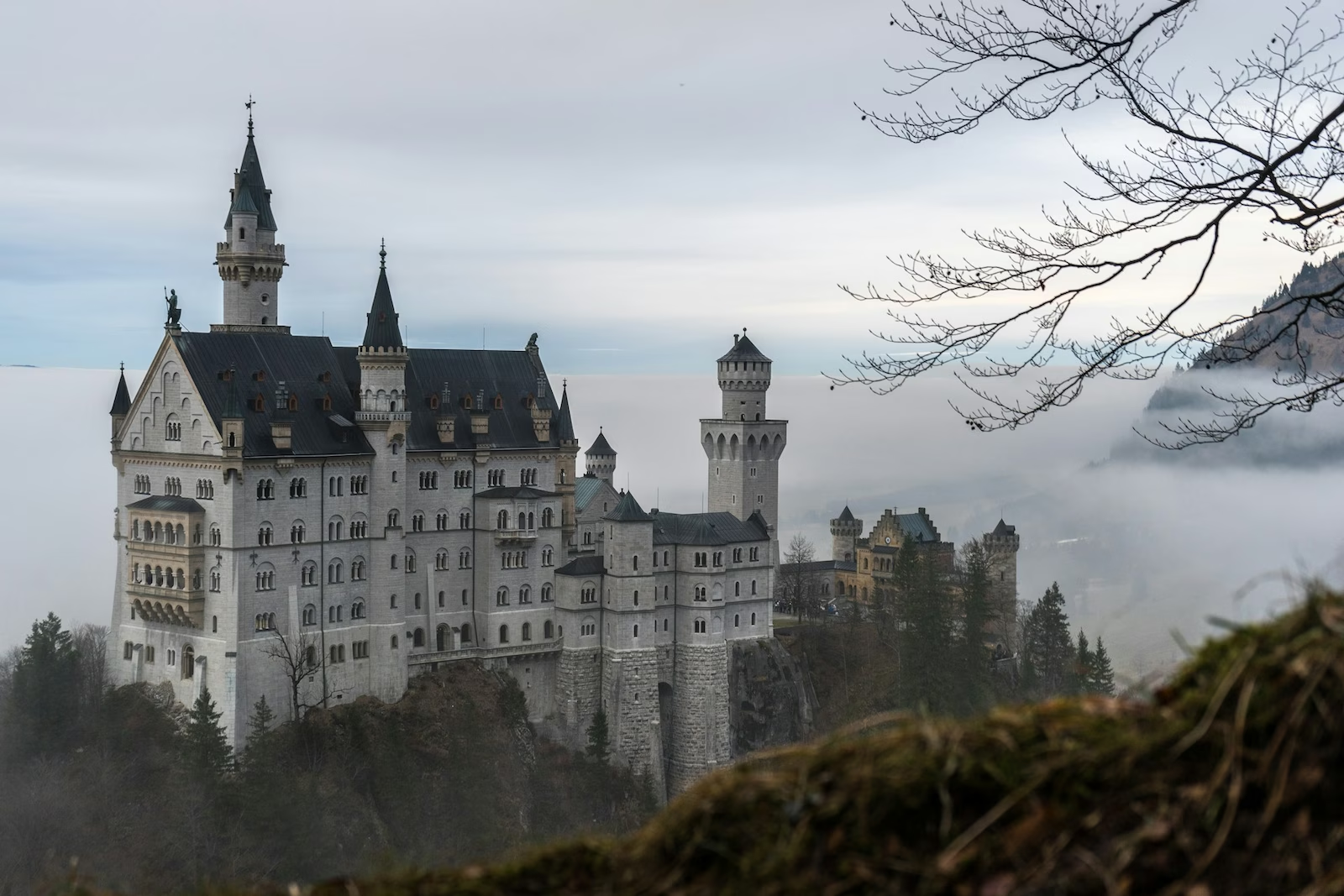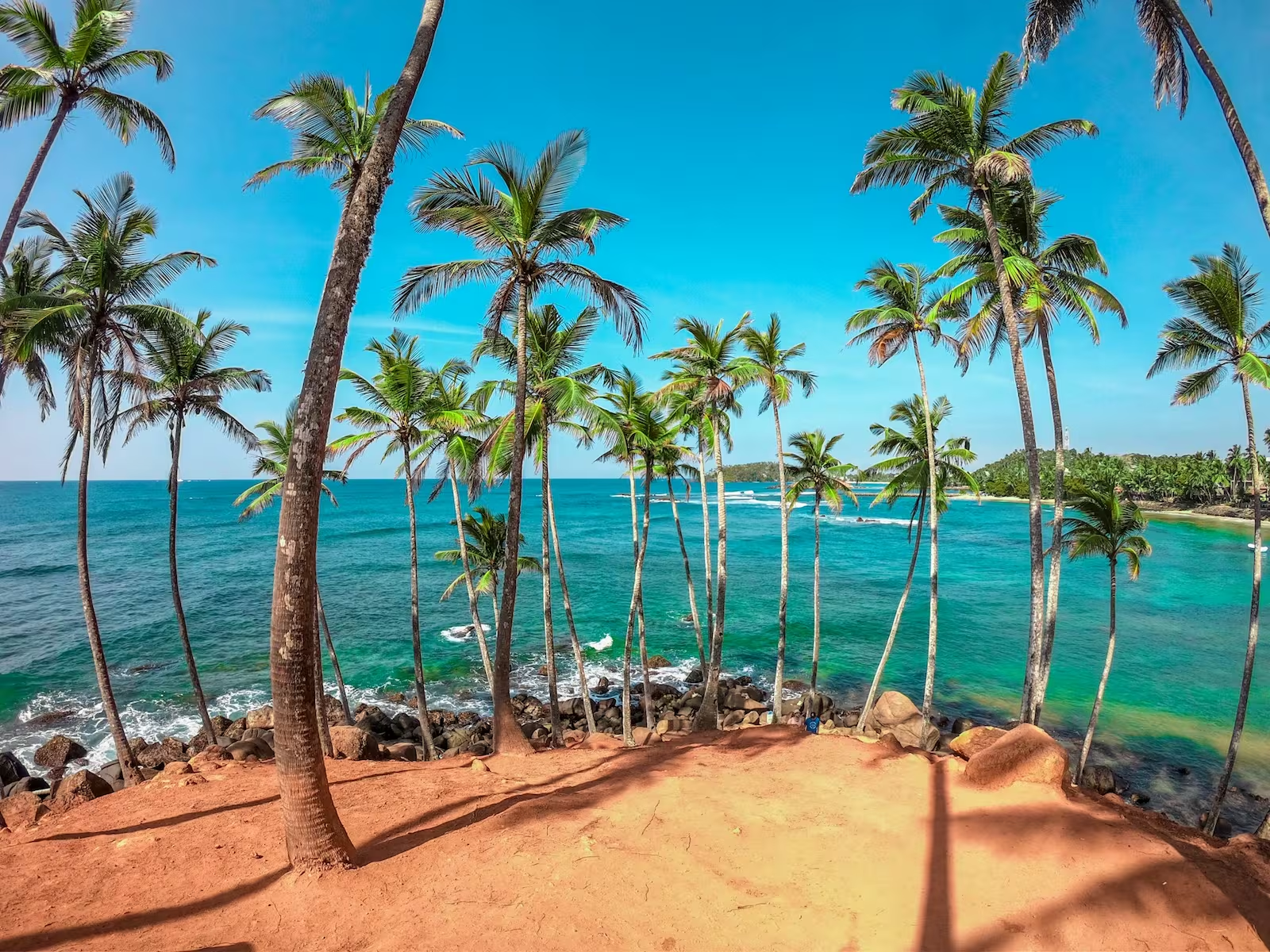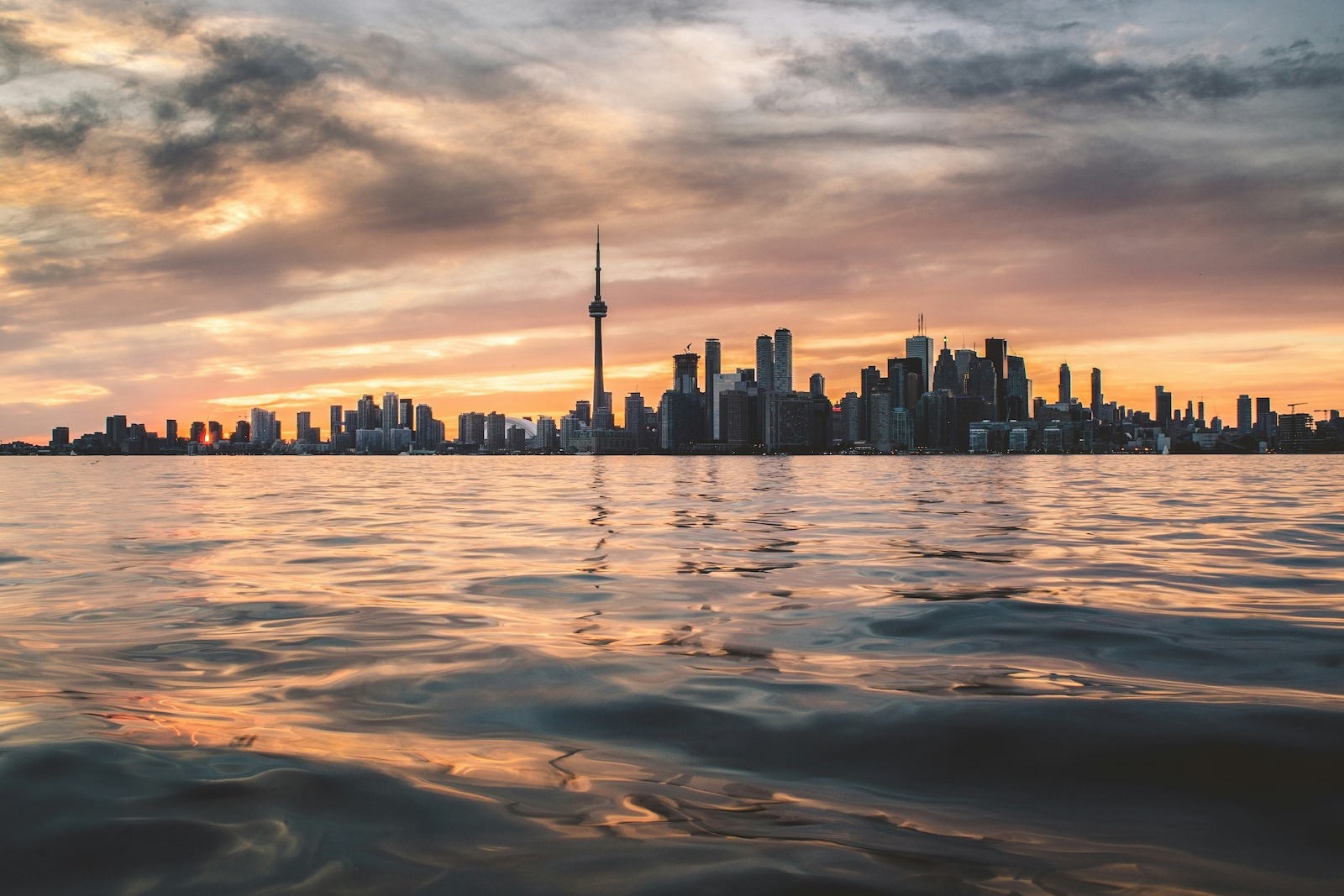Situated North of Hong Kong Island, once stood one of the most densely populated places on the planet, Kowloon Walled City. 119 times as dense as New York City, the 6.4-acre city was home to over 33,000 people. The pictures and stories behind this place are both bizarre and eerie, hence it being named ‘the city of darkness’, and we are going to tell and show you why!
The City’s Population 📊
In Kowloon, over 33,000 inhabitants occupied residency here. From the 1950s until 1994, there were 350 buildings, almost all between 10 and 14 stories high, comprising a known 10,700 households. So, if you get easily claustrophobic, we wouldn’t recommend you read on!

The Structure 🌆
The number of highrise buildings grew over the years, leading to a grand total of 350. However, the buildings were developed in a way that all of them were packed tightly together, meaning that they became interconnected. Each building was made from different materials, into various shapes with no uniformity whatsoever. The city became a structure, where the name ‘walled city’ was derived from.
The structure catered for every requirement in life; living, working, learning, production, commerce, trade, and leisure. Residents were more or less shut off from the outside world due to the structure around them, blocking out natural light down many of the narrow lanes that connected the cities tower blocks.

The History 📜
Kowloon Walled City was a densely populated and ungoverned settlement in Kowloon. Initially, a Chinese military fort eventually evolved into a squatters’ village that grew into the ‘city of darkness’.
It began as a low-rise squatter village in the early 20th century. However, after World War II, Hong Kong experienced a massive influx of Chinese immigrants. This meant that there was a lack of housing in Hong Kong, and therefore, the first few high rise buildings were erected on the space in Kowloon.
Despite being situated in Hong Kong, the Chinese and British-run Hong Kong governments ignored the activities and existence of this location. There were no laws, regulations or building codes enforced, except for one - that buildings could not be any higher than 13/14 blocks due to the airport being so close by. Instead, the Chinese mafia had full reign of the city. Known as the Triads, they made the town famous for their drug production and trade, gambling and prostitution between the 50s and 70s.

The Demolition 🏚️
In 1993, the Hong Kong government officially ordered that Kowloon Walled City be demolished. This resulted from the British and Chinese governments finding the crime rates to be intolerable and eventually planning to tear the city down. This meant that the 33,000 residents had to be evicted and compensated. Over 5 years, many argued the compensation was not enough. The first swing of the wrecking ball to destroy the city was viewed as a solitary and ceremonial swing, with invited guests applauding and cheering on the government’s decision. It took almost a year to reduce what once was a structure teeming with drugs, businesses, and people down to rubble and dust.

What Remains? 🌳
Now known as the Kowloon Walled City Park, this site sits on the infamous remains of Kowloon Walled City. The landscaped park was modelled on the famous 17th-century Jiangnan gardens built by the Qing Dynasty. The paths that run through this newly built park are named after streets and alleys that were part of the former slum.
Planning a trip? Skratch has partnered with Sherpa to offer simple, trusted visa applications. Get your Hong Kong Pre-Arrival Registration here.

Starting from Skratch? Here’s a Few Tips to Get You Started:
https://www.atlasobscura.com/articles/kowloon-walled-city
https://www.businessinsider.com/kowloon-walled-city-photos-2015-2?r=US&IR=T

.avif)














.jpg)
